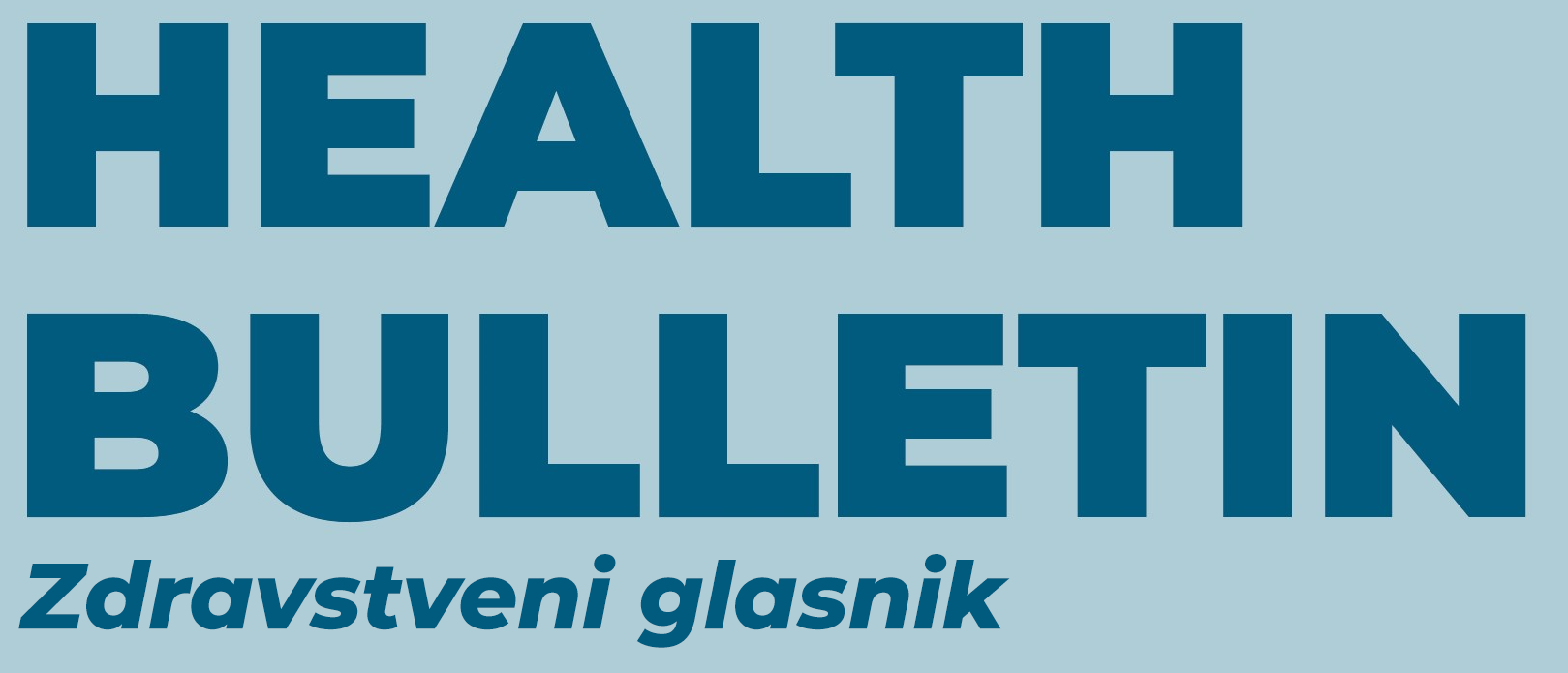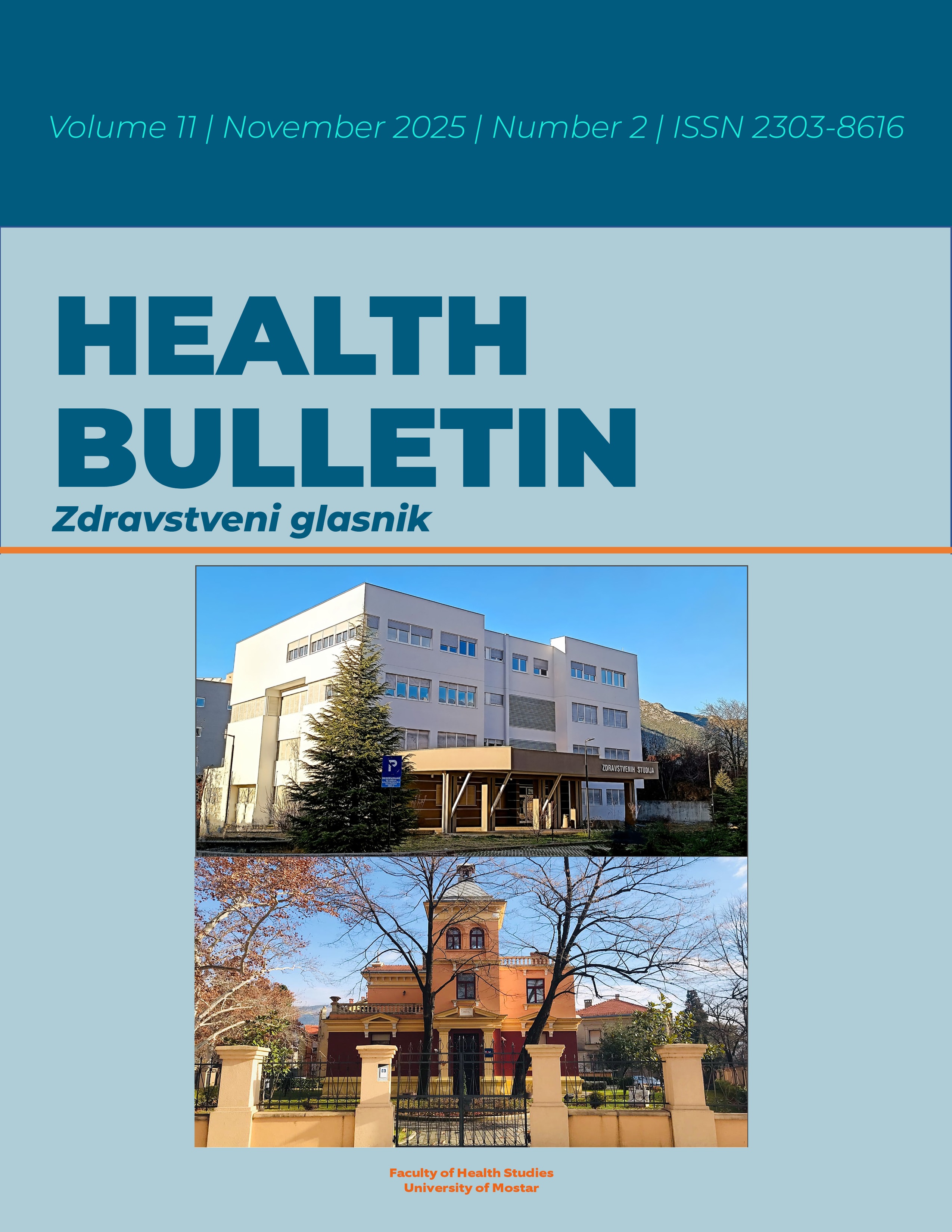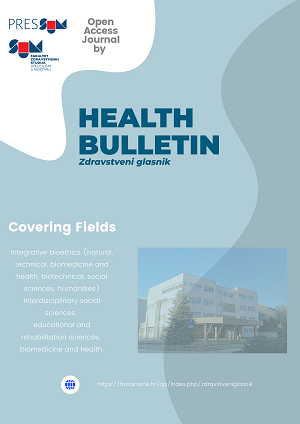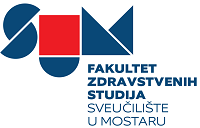ARTIFICIAL INTELLIGENCE IN THE ROLE OF STROKE DETECTION IN HERZEGOVINA-NERETVA CANTON
DOI:
https://doi.org/10.47960/Keywords:
artificial intelligence, stroke, early detection, diagnostics, interventionAbstract
Stroke is the leading cause of disability in both Bosnia and Herzegovina and Western countries and ranks as the second most common cause of death globally. Strokes are classified into two major categories: ischemic and hemorrhagic. Ischemic strokes account for approximately 85% of all cases, resulting from vascular occlusion, while 10% are due to primary intracerebral hemorrhage and 5% due to subarachnoid hemorrhage. Early intervention in acute stroke cases can lead to full recovery or significantly reduce long-term consequences. Therefore, early symptom recognition, rapid diagnostics, and timely access to
treatment options are essential. In addition to thrombolysis, which has been performed for many years, mechanical thrombectomy has been available at the University Clinical Hospital Mostar since late 2022. To ensure patients receive appropriate therapy, thrombolysis and/or mechanical thrombectomy as quickly as possible, stroke symptoms must be promptly
identified and diagnostic procedures initiated. Since 2023 Herzegovina-Neretva Canton has implemented an automated platform for rapid stroke detection called Canon AUTOStroke.
This AI-based system automatically detects strokes and immediately alerts the designated stroke intervention team via established communication channels. Canon AUTOStroke utilizes deep learning, a form of artificial intelligence that enables computers to process data in a manner inspired by the human brain. By using this AI application, the time required to make therapeutic decisions is significantly reduced, which can be critical to the outcome of acute stroke treatment.
















